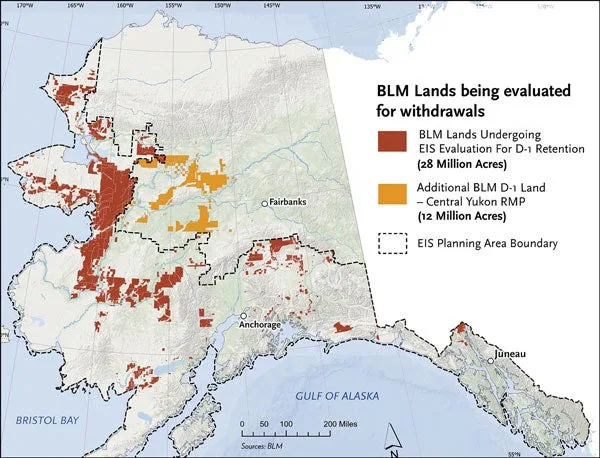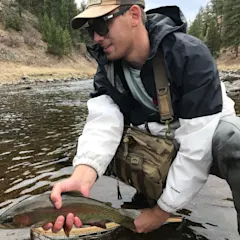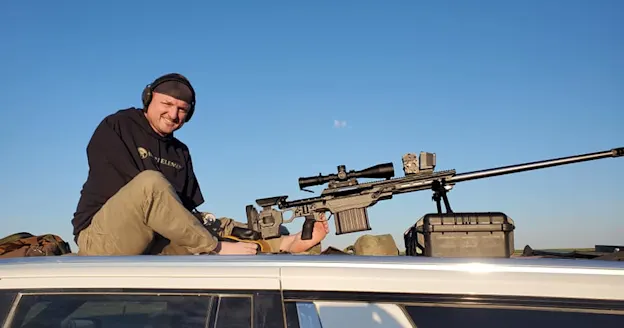The Bureau of Land Management (BLM) recently released a draft report
that could impact the management of 28 million acres of public land in Alaska
. The report details the potential environmental impacts of opening up the land to extractive industry, including mining, oil, and gas development.
Learn how to subscribe to the new Field & Stream magazine here!
The land was previously protected from such development under the 1971 Alaska Native Claims Settlement Act. Public land on the table for potential development includes 5,000 miles of pristine salmon streams and critical habitats for three of North America’s largest caribou herds, according to AlaskaLands.org
. It also includes land in the Brooks Range
, both areas that have been the focal points of recent conservation fights.

TRCP.
According to the Anchorage Daily News
, the draft report has been years in the making. The first steps to remove protections on these BLM lands began under the Trump Administration at the behest of Alaska’s governor and senators, as well as Doyon, a Native-owned corporation that is also the state’s largest landowner. The Biden Administration reportedly found flaws in the previous administration’s efforts, hence the new environmental review. Not only could the plan lead to opening mineral development, but it could also transfer some of the land out of federal ownership.
Opposition Grows
A coalition of conservation groups
has come out strongly against removing protections on the BLM-managed land. “Twenty-eight million acres is 12.5 times the size of Yellowstone National Park. Simply put, there’s no real terrestrial opportunity to protect public lands at this scale in the entire country,” Scott Hed, an organizer with SalmonState, tells Field & Stream. “And this is not about adding protections, it’s about keeping existing ones in place. Once the protections are lost, they won’t be regained.”
Seventy-eight tribes have asked the Biden Administration to keep the protections in place. “The true measure of our society lies in how we honor and preserve the ways of life that have sustained this land for generations,” said Sophie Swope, Executive Director of the Mother Kuskokwim Tribal Coalition, in a press release
. “With the Alaska Native Claims Settlement Act only turning 52 this year, this is not the generation to be asking to open these protected lands.”
Read Next: BLM Plans to Open Millions of Acres for Solar Projects on Public Lands in the West
The 392-page draft report outlines different alternatives, ranging from opening to all of the 28 million acres to development to some of it, or none. The BLM is accepting public comments
on the plan through February 14. The Theodore Roosevelt Conservation Partnership has set up a portal (here
) that makes providing public feedback easier for hunters and anglers. A final decision is expected in the summer.






